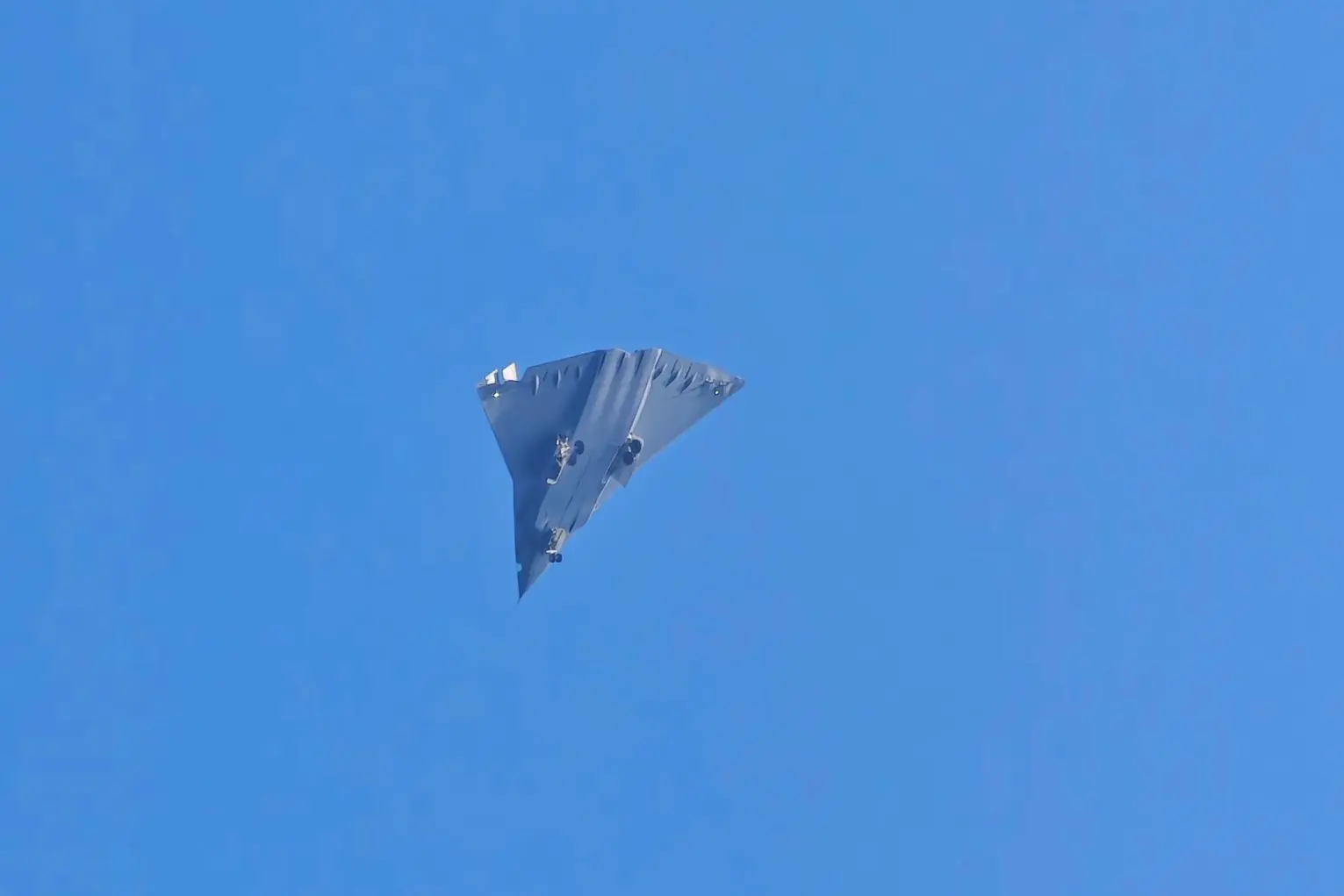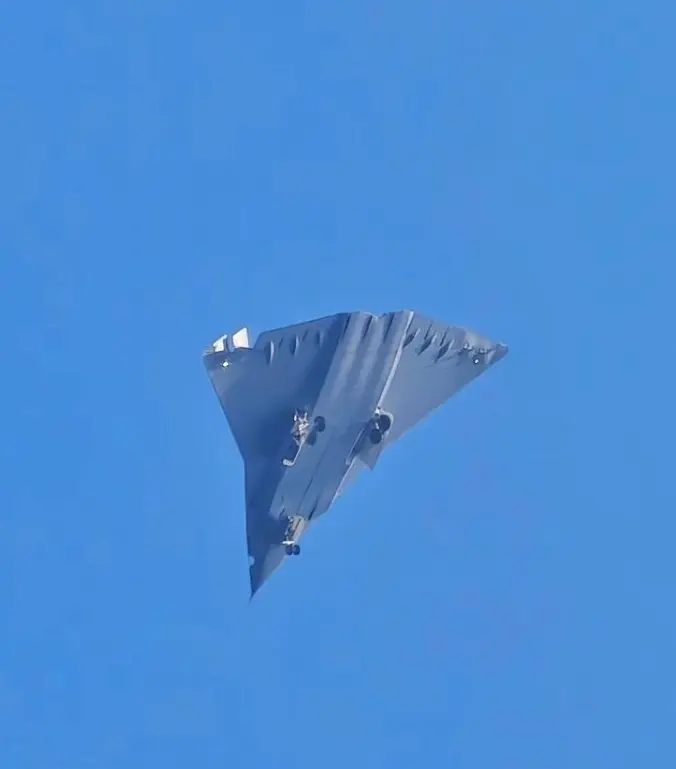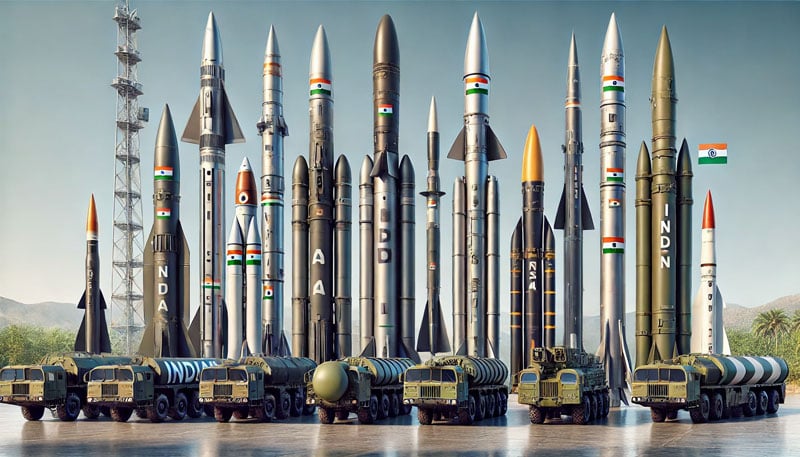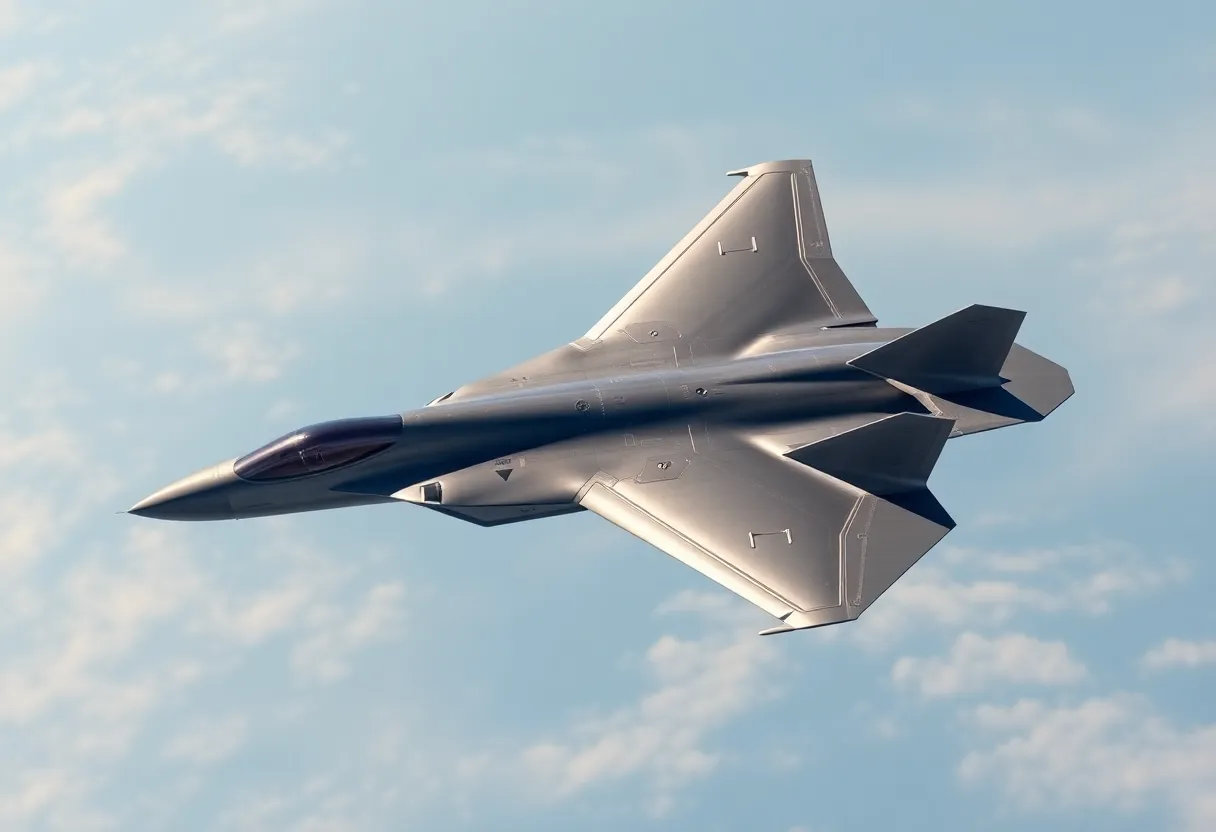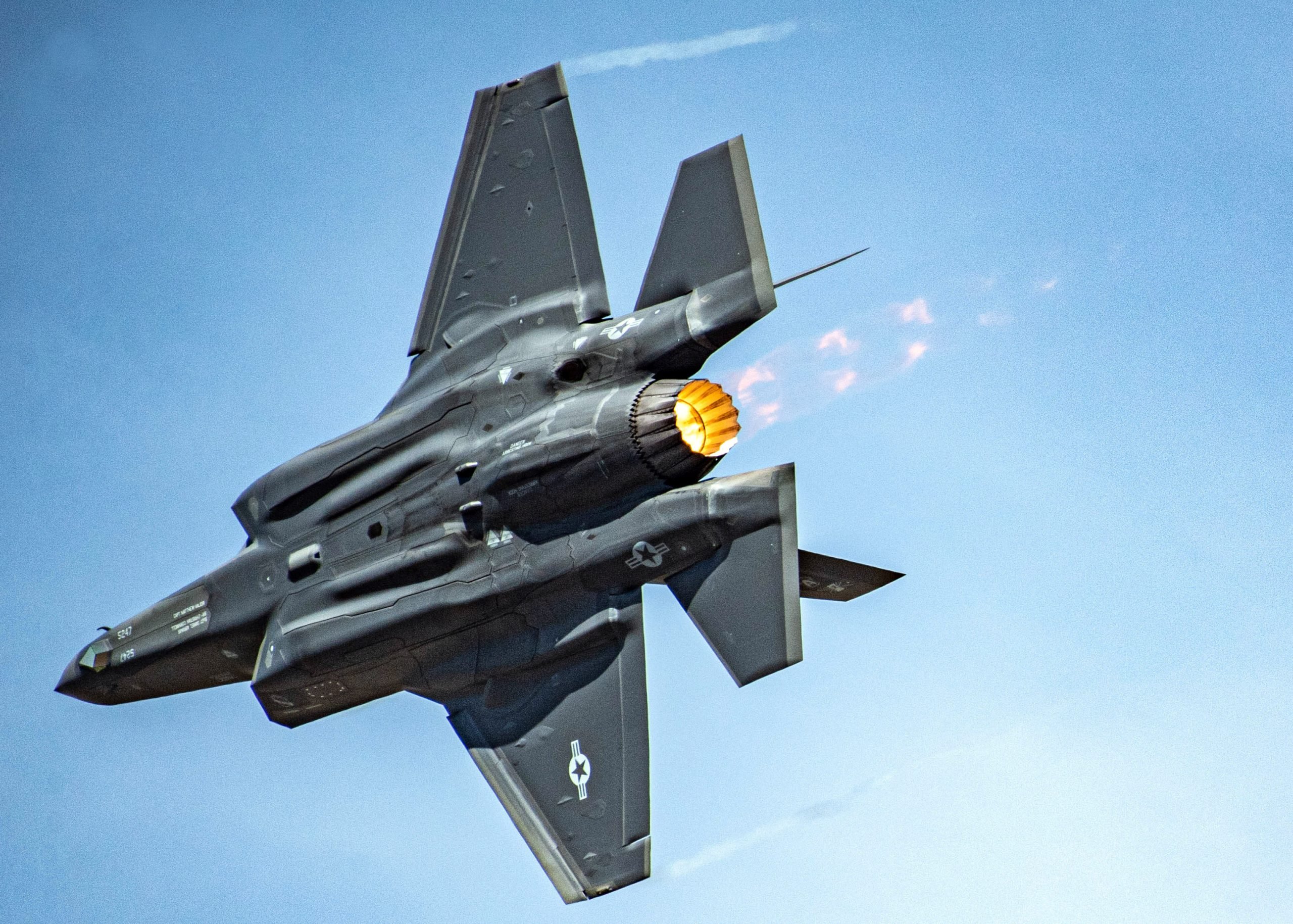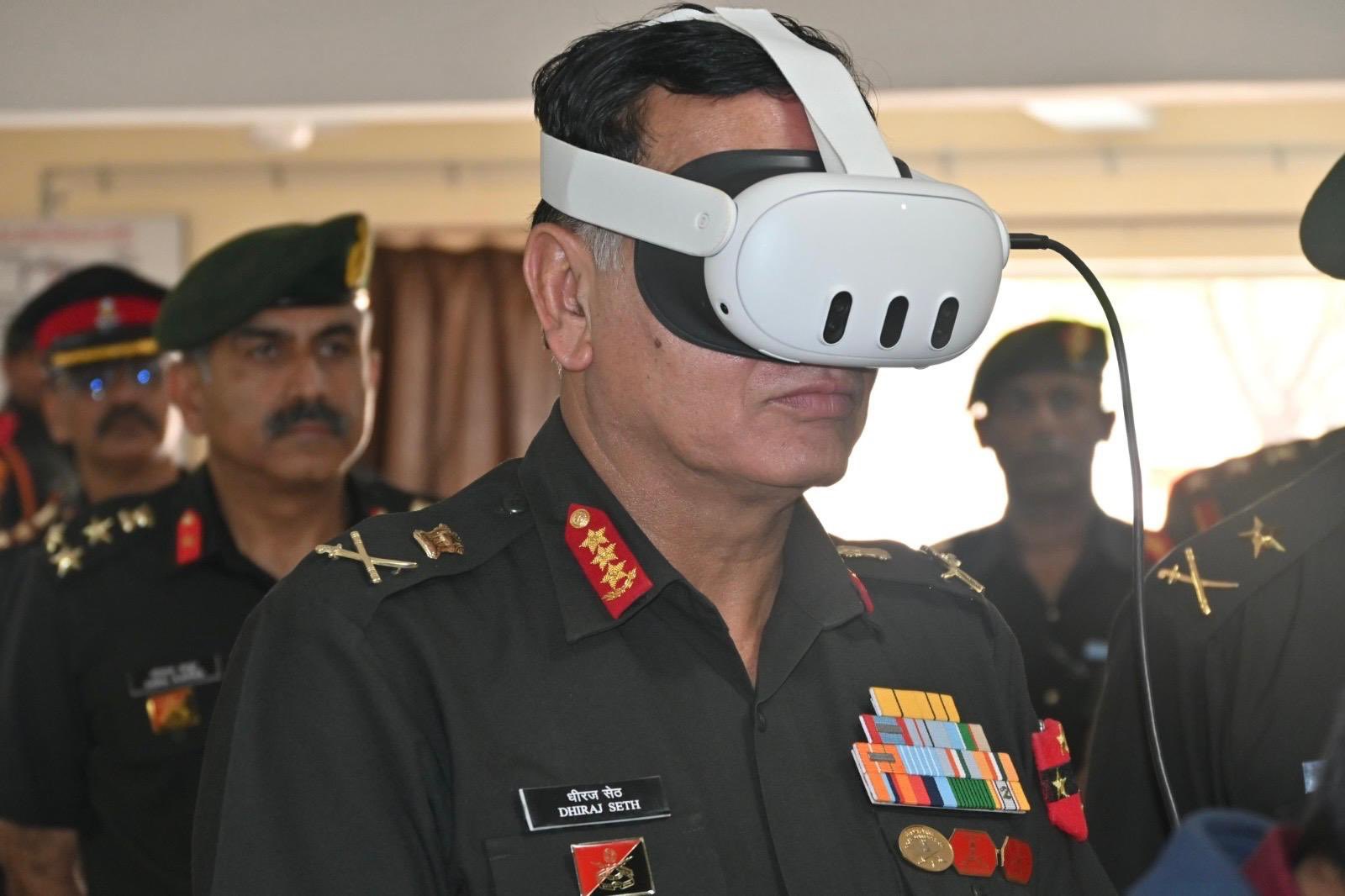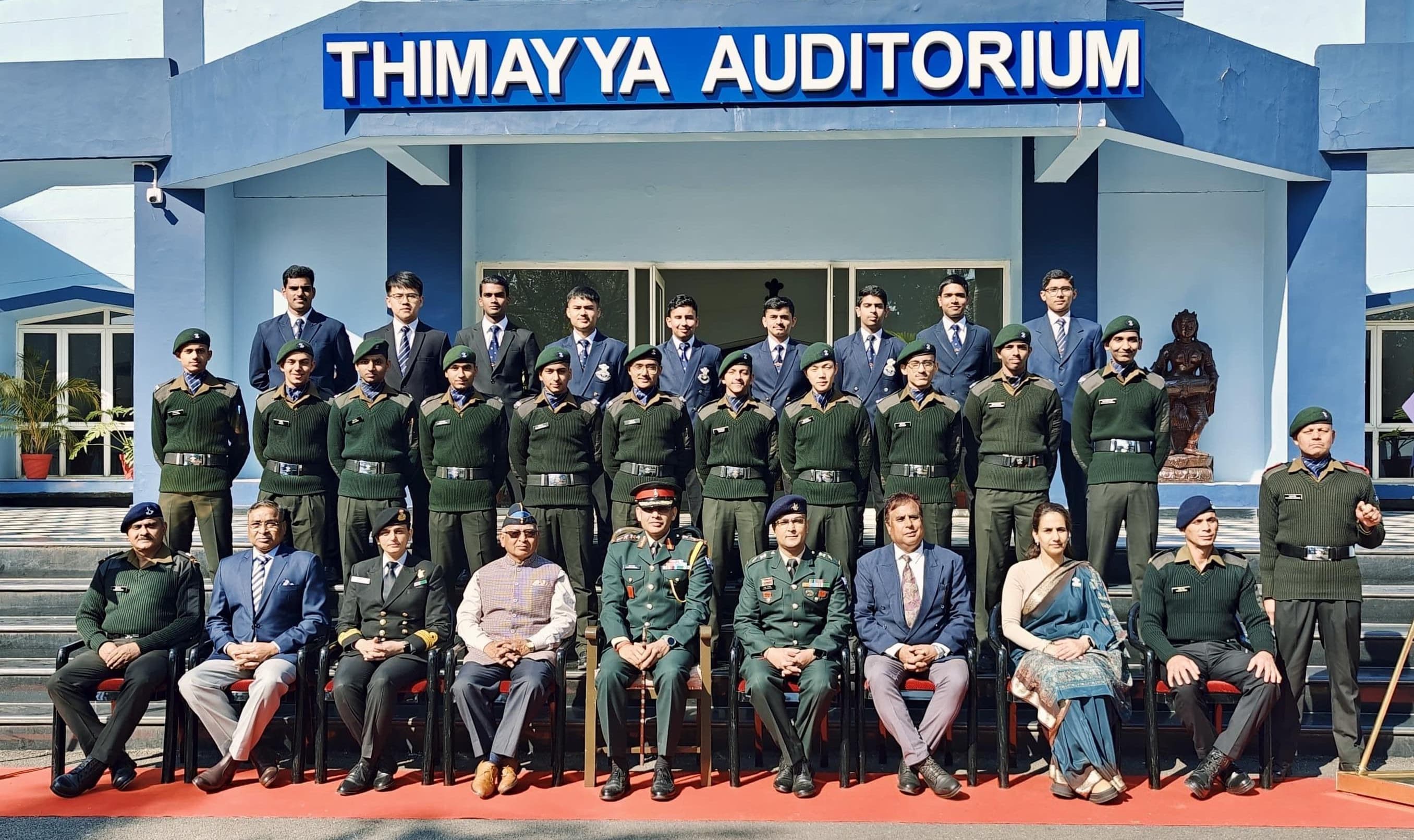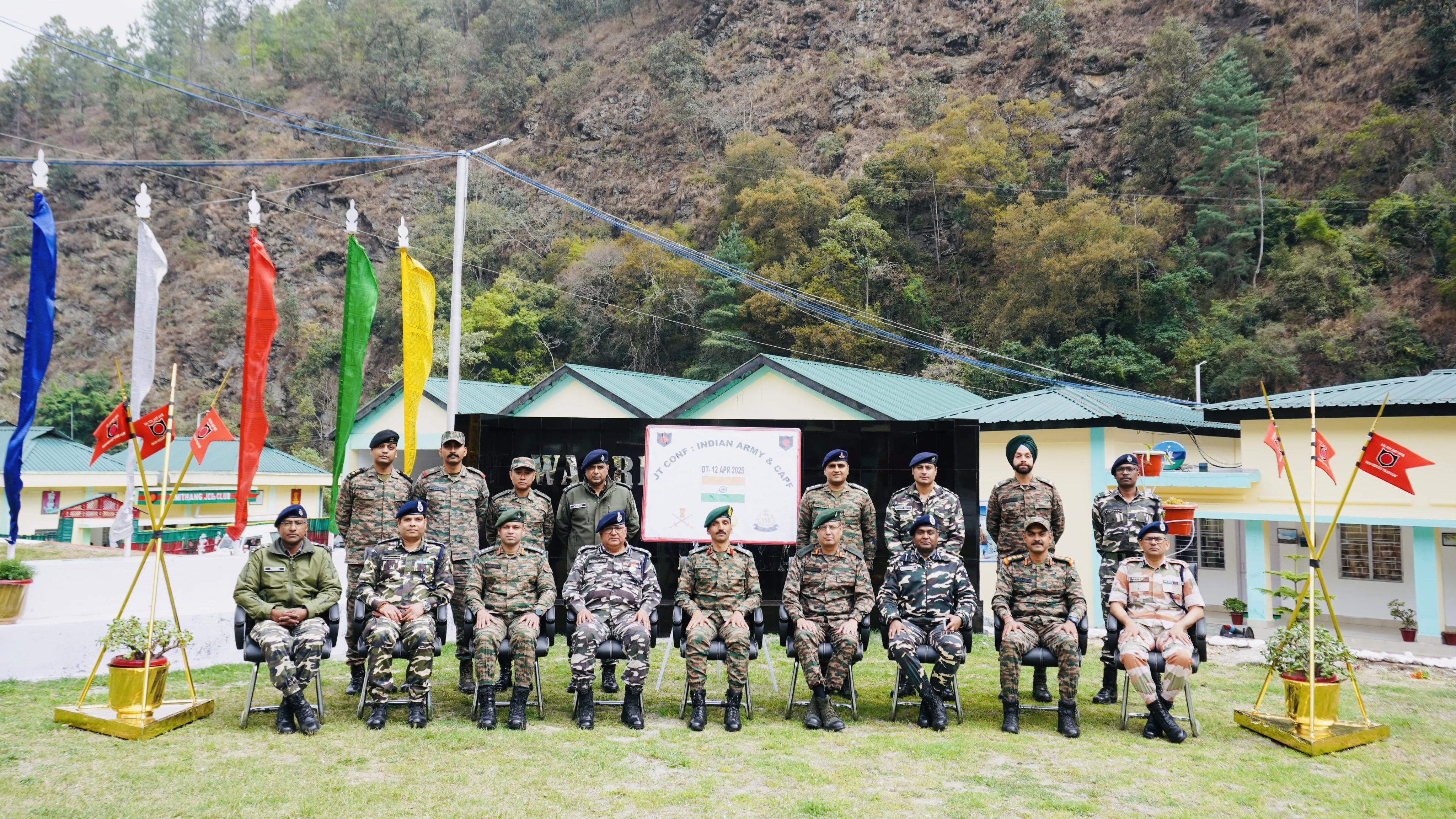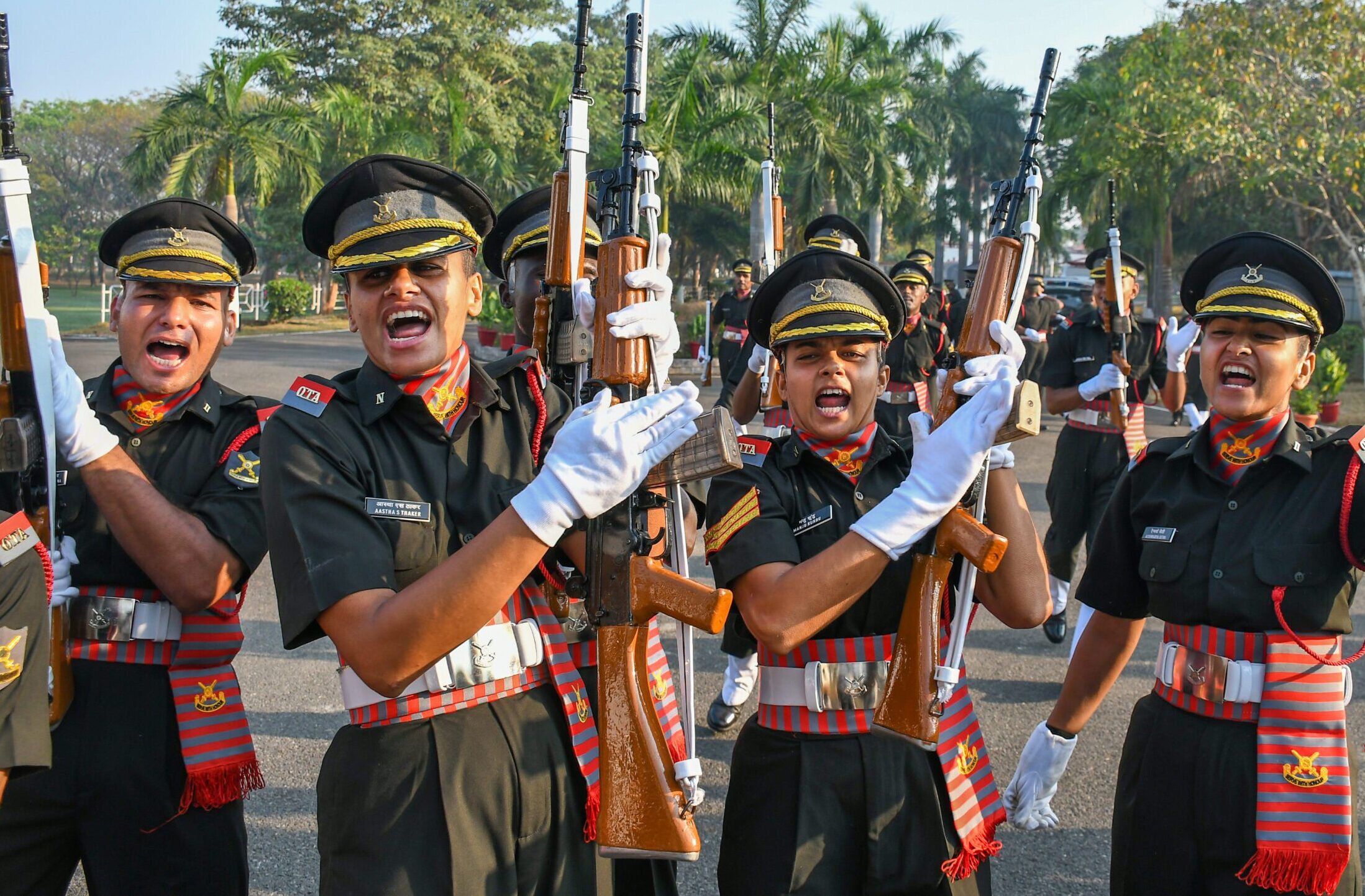The recent unveiling of China’s sixth-generation stealth fighter marks a significant milestone in the realm of military aviation. This ambitious project, which has been shrouded in secrecy, demonstrates China’s commitment to advancing its military capabilities. As the world watches, this development raises questions about the future of aerial warfare and the implications for global military balance.
The Maiden Flight: A Historic Event
On December 26, 2024, a remarkable event unfolded in China as the country’s sixth-generation stealth fighter took to the skies for its first test flight. This momentous occasion was further highlighted by the presence of a twin-seat J-20S stealth fighter, which acted as a chase aircraft during the flight. Observers and analysts are buzzing with speculation regarding the true nature of this aircraft, with some suggesting it may be the long-rumored “White Emperor” or AVIC Baidi Type-B.
A Day of Significance
The choice of December 26 is particularly noteworthy, as it coincides with the birthday of Mao Zedong, the founder of the People’s Republic of China. This timing may not be coincidental, as it underscores the importance of this milestone for the Chinese military and its aspirations for global dominance in aerial warfare.
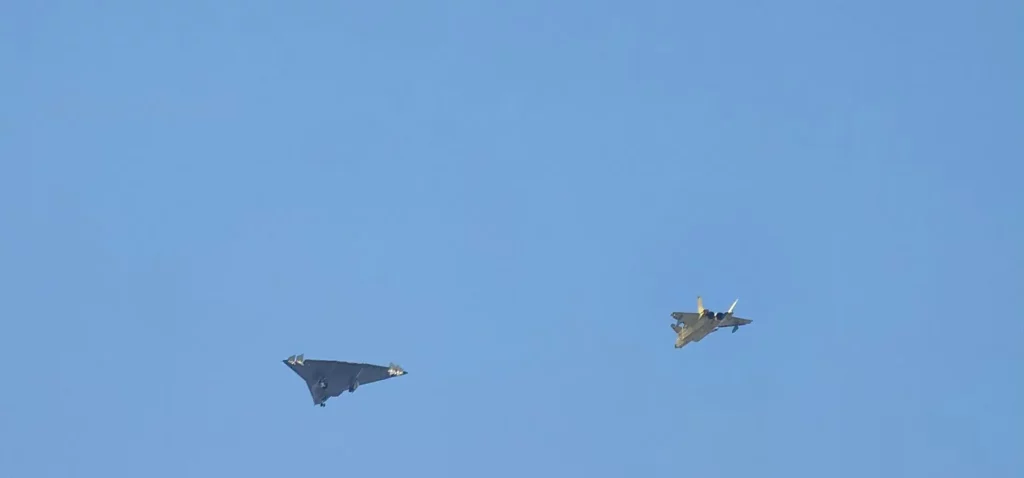
Speculation Surrounding the Aircraft
While the identity of the aircraft remains uncertain, experts are divided on whether it represents a sixth-generation fighter or a fifth-generation regional bomber. The latter, known as the JH-XX, is reportedly under development alongside the H-20 stealth heavy bomber. This ambiguity adds to the intrigue surrounding China’s advancements in military aviation.
Design Features: A Leap Forward
The design of China’s new stealth fighter is a testament to the country’s engineering prowess. The aircraft features a tailless configuration, which is a departure from traditional fighter jet designs. This innovative approach is believed to enhance its stealth capabilities and reduce its radar signature.
Aerodynamic Innovations
The aircraft’s design incorporates advanced aerodynamic principles, including a diamond-shaped flying wing configuration. This design is not only visually striking but also serves practical purposes, such as improved fuel efficiency and maneuverability at various speeds. The absence of a tail is particularly significant, as it allows for a more streamlined shape that minimizes drag.
Engine Configuration
Reports suggest that the aircraft may be equipped with either two or three engines, with a center-mounted air intake. This configuration is a significant shift from earlier Chinese designs and could provide the aircraft with enhanced thrust and range capabilities. The precise type of engines used remains unclear, but China is known to be developing several advanced engine types for its fighter jets.
Stealth Capabilities: A Game Changer
One of the primary objectives of developing a sixth-generation stealth fighter is to achieve superior stealth capabilities. The design elements of this aircraft are tailored to achieve just that.
Radar Signature Reduction
The tailless design and the diamond wing configuration are aimed at reducing the aircraft’s radar signature, making it more difficult for adversaries to detect. This stealth capability is crucial for conducting deep penetration missions and engaging enemies at long distances.
Infrared Signature Management
In addition to radar stealth, the aircraft is reportedly designed to manage its infrared signature effectively. This is achieved through advanced thermal management techniques that minimize heat emissions, making it harder for heat-seeking systems to lock onto the aircraft.
Strategic Implications: A Shift in Power Dynamics
The successful test flight of China’s sixth-generation stealth fighter has far-reaching implications for global military dynamics. As countries around the world invest in advanced military technologies, the balance of power may shift dramatically.
Challenging U.S. Air Superiority
The U.S. has long held a dominant position in aerial combat capabilities, but China’s rapid advancements pose a significant challenge. The development of a sixth-generation fighter could potentially rival the U.S. Air Force’s Next-Generation Air Dominance (NGAD) program, which has faced delays and uncertainties.
Accelerating the Arms Race
As China continues to make strides in military aviation, Western nations may feel pressured to accelerate their own advanced fighter development programs. This could lead to an intensified arms race, with countries investing heavily in next-generation technologies to maintain their competitive edge.
The Global Response: Allies and Adversaries
The emergence of China’s sixth-generation stealth fighter has elicited varied responses from the international community. Allies and adversaries alike are closely monitoring the situation, assessing the implications for their own military strategies.
U.S. Military Strategy Reevaluation
In light of China’s advancements, the U.S. military may need to reevaluate its strategies and investment priorities. The potential threat posed by China’s next-generation fighter could prompt a reassessment of existing programs and a renewed focus on innovation.
Reactions from Allies
U.S. allies in the Asia-Pacific region are also likely to respond to China’s military developments. Countries such as Japan, South Korea, and Australia may consider enhancing their own defense capabilities in response to the perceived threat from China.
Future Developments: What Lies Ahead
As the dust settles from the initial flight of China’s sixth-generation stealth fighter, the focus will shift to its future development. The coming years will be critical in determining how this aircraft evolves and how it fits into China’s broader military strategy.
Continued Testing and Evaluation
The initial flight is just the beginning of a rigorous testing and evaluation process. Engineers and pilots will gather data to refine the aircraft’s performance, addressing any technical challenges that arise during testing.
Integration into the PLAAF
Once the aircraft has completed its testing phase, it will likely be integrated into the People’s Liberation Army Air Force (PLAAF). This integration will involve training pilots and ground crews, as well as establishing operational protocols for the new fighter.
The Implications for Aerial Warfare
The introduction of a sixth-generation stealth fighter into the global arena will undoubtedly reshape the landscape of aerial warfare. The capabilities offered by this new aircraft could redefine how nations approach air combat.
Enhanced Combat Capabilities
With advanced stealth features, superior maneuverability, and the potential for hypersonic weaponry, this aircraft could significantly enhance its operator’s combat capabilities. This evolution in technology will likely change the tactics employed during air engagements.
A New Paradigm in Air Superiority
As nations adapt to the new realities of aerial combat, the concept of air superiority may evolve. The ability to maintain dominance in the skies will hinge on the integration of advanced technologies and innovative strategies.
The Role of Technology: Driving Innovation
The development of China’s sixth-generation stealth fighter is part of a broader trend toward technological innovation in military aviation. As countries invest in research and development, the pace of innovation is likely to accelerate.
Advanced Materials and Manufacturing Techniques
The use of advanced materials, such as composites and alloys, will play a crucial role in the performance of next-generation fighters. These materials can enhance durability while reducing weight, contributing to improved performance.
Artificial Intelligence Integration
The integration of artificial intelligence (AI) into military aviation is another area of focus. AI can enhance decision-making processes, improve situational awareness, and optimize flight performance, making future aircraft even more capable.
Conclusion: A New Chapter in Military Aviation
The successful flight of China’s sixth-generation stealth fighter represents a significant leap forward in military aviation. As the world watches this development unfold, the implications for global security and military balance are profound. With the potential to challenge existing power dynamics, this aircraft signifies a new chapter in the evolution of aerial combat.
The race for air superiority is on, and as nations strive to innovate and adapt, the future of military aviation will be shaped by the advancements made today.

